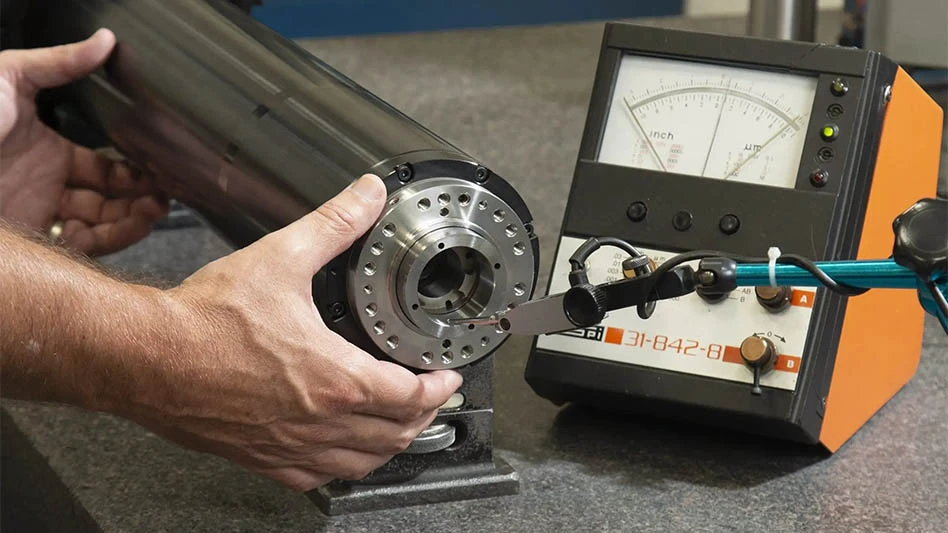
Cincinnati – GE Honda Aero Engines (GHAE) officials have announced that the turbofan engine production facility in Burlington, N.C. – Honda Aero Inc. (HAI) – has been issued a Part 21 production certificate from the U.S. Federal Aviation Administration (FAA). This approval will allow a steady supply of the HF120 engine that will power HondaJet and other GHAE customers' aircraft.
"This is a significant milestone that will enable GE Honda to continue to build momentum for the HF120 turbofan engine program," said GHAE President Steve Shaknaitis. "With our primary production site now fully certified, we can focus on maximizing our production capabilities to anticipate all customer demands."
Initial production of the HF120 engines took place at GE's Lynn, Massachusetts facility. At the end of 2014, HAI started assembly of the HF120 under GHAE's TC with FAA oversight. With this program milestone, the HAI Burlington facility can now produce engines under the HAI Production Certificate. In addition to engine assembly, the Burlington plant features a test cell, repair and overhaul functions, and parts warehousing.
GHAE continues progress toward entry into service for its HF120 turbofan engine in 2015 on Honda Aircraft Company's HondaJet. GHAE's Maintenance Repair & Overhaul (MRO) facility will also be located at HAI in Burlington, North Carolina, and the company has developed a strong network of Authorized Service Providers (ASPs) to prepare its support for customers in the U.S., Canada, Mexico, and Europe.
GE and Honda formed a 50/50 joint venture in 2004, called GE Honda Aero Engines, based in Cincinnati, Ohio. The joint company integrates the resources of GE Aviation and Honda Aero Inc., a Honda subsidiary established to manage its aviation engine business.
Rated at 2,095 lb of thrust, the HF120 engine’s technologies include:
- A wide-chord, compound, swept front fan blisk, along with composite outlet guide vanes
- A high-temperature titanium impeller in the compressor for maximum engine pressure ratio
- A compact reverse-flow configuration combustor and single-stage air-blast fuel nozzles
- Advanced materials in the high-pressure (HP) turbine as well as a two-stage low-pressure (LP) turbine and a counter rotating HP and LP spool shaft system
Source: GE Honda Aero Engines
Latest from Aerospace Manufacturing and Design
- AviLease orders up to 30 Boeing 737 MAX jets
- 256-piece general maintenance tool kit
- JetZero all-wing airplane demonstrator achieves milestones
- Cermet indexable inserts for medium turning operations
- Trelleborg acquires Aero-Plastics
- Industrial automation products, enclosed encoders
- #61 - Manufacturing Matters: CMMC roll out: When do I need to comply?
- AIX shows aircraft interiors are a strategic priority for global airlines





